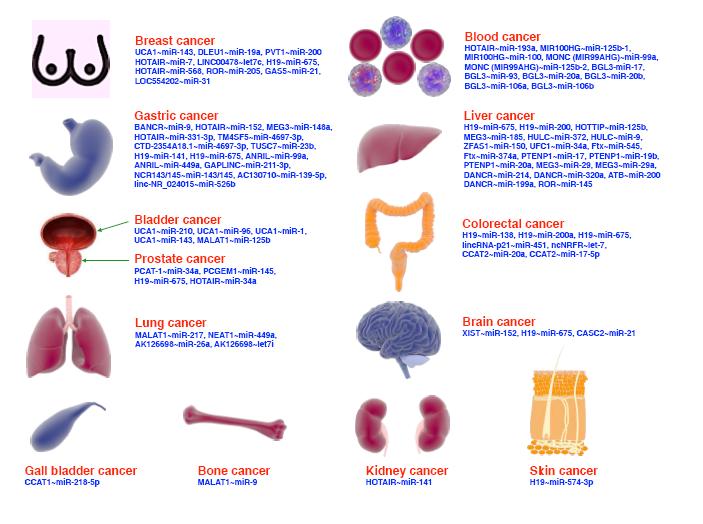Objective To study the special traits of primiparae’s compliance with labor analgesia, so as to offer individualized analgesia solutions during spontaneous labor.
Methods The uniparous primiparae with cephalic presentation between gestational weeks 38 and 40 were divided into two groups based on their educational background (college education or above, and high school education or below), each group with 20 cases. The demographical statistics of the two groups including their State-Trait Anxiety Inventory (STAI) grading, PCA results, and delivery situation were recorded and analyzed.
Results Differences in age, height, and weight were not statisticallysignificant (P gt;0.05); differences in T-AI were not statistically significant (P gt;0.05); differences in S-AI were statistically significant (P lt;0.05); differences in anxiety and numbers of adding anesthetics were not statistically significant (P gt;0.05); differences in failure to tolerate labor pains and requiring caesarean section were statistically significant (P lt;0.05).
Conclusion Primiparae with higher educational degree tend to have higher S-AI grading and perform poorly in compliance with labor analgesia.
Citation: LIU Shaobin,WANG Meng,LIU Li. Comparison of Primiparaes Compliance with Labor Analgesia Based on Educational Background. Chinese Journal of Evidence-Based Medicine, 2011, 11(7): 782-785. doi: 10.7507/1672-2531.20110135 Copy
Copyright © the editorial department of Chinese Journal of Evidence-Based Medicine of West China Medical Publisher. All rights reserved
-
Previous Article
Clinical Features of 143 Tibetan Victims of Yushu Earthquake SHIBo, WANG Jun, Tang Shitian, WANG Dong, XIANYU Jianbo, CHEN Li, ZHU Lungang, LI Zongping, KANG Bin, WANG Tao, LIU Du, LI Feng -
Next Article
Efficacy of Houttuynia Cordata Injection for Respiratory System Diseases: A Meta-Analysis CUIXiaohua, WANG Li, LI Youping, DENG Shaolin, LI Tingqian, SHANG Hongcai




